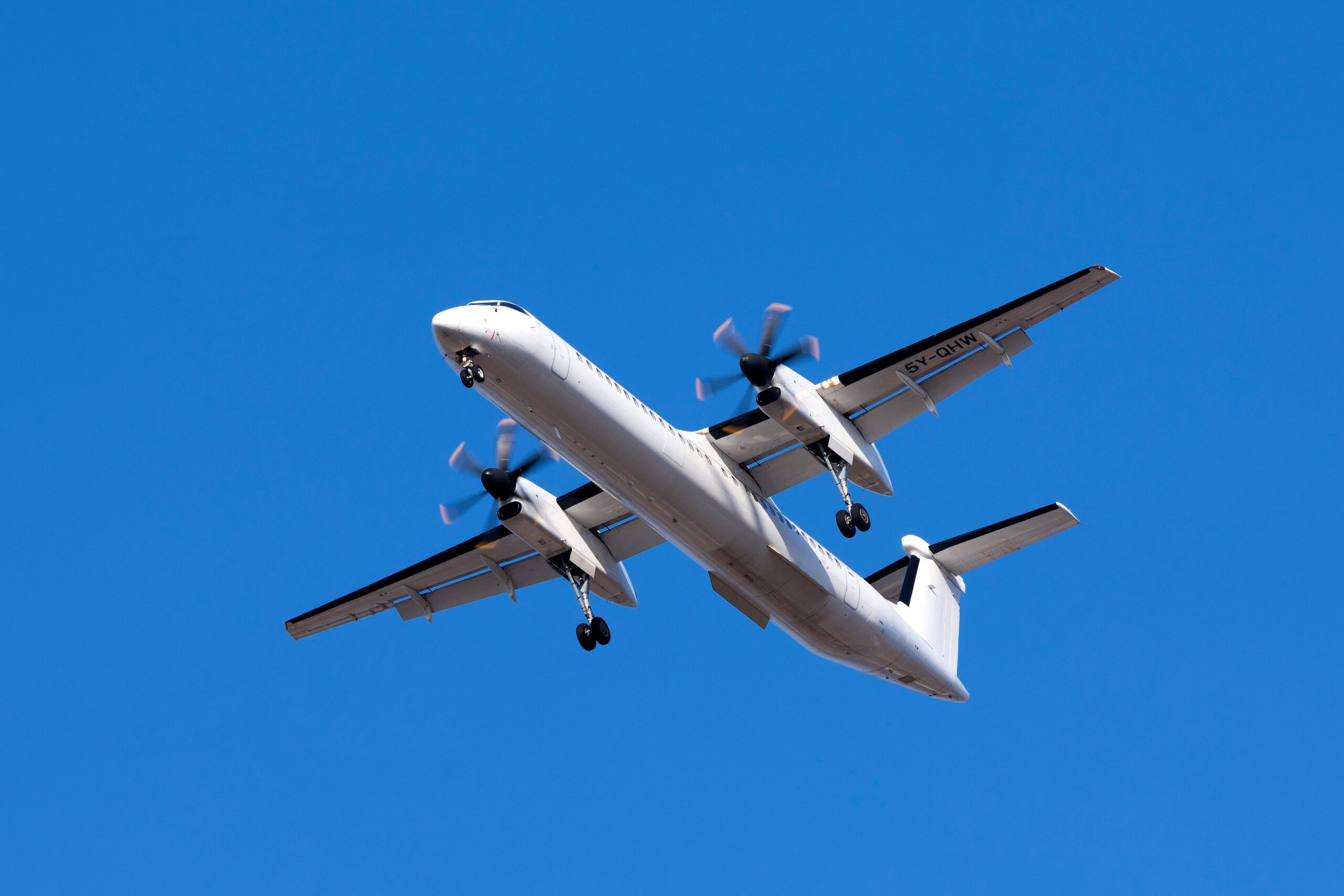The aviation industry stands at a critical crossroads in the global effort to combat climate change. As demand for air travel continues to grow, so does pressure to reduce aviation emissions and minimize the sector’s reliance on traditional jet fuel and other fossil fuels. Sustainable aircraft are at the forefront of this transformation—driving research, investment, and innovation toward net zero aviation. With the goal of cleaner skies, the industry is exploring a wide range of cost-effective, energy-efficient solutions to decarbonizing aviation, from electric propulsion to low-carbon fuel alternatives. These efforts not only offer significant environmental benefits but also reshape the future of international aviation, redefining how airlines operate and how aircraft are designed, powered, and maintained.
Three promising options have emerged: all electric aircraft, hybrid electric aircraft and hydrogen/electric fuel cells. Each option can reduce conventional jet fuel consumption and carbon emissions. However, each comes with unique challenges, requiring a reimagining of aircraft design and operational standards, and a full evaluation of their environmental impact.
The Accuris ESDU team brings over 80 years of expertise in validated engineering design data, offering an unparalleled knowledge base that supports engineers in making informed, reliable design decisions. Our insights into aerodynamics, propulsion and innovative aircraft design provide a critical foundation for evaluating sustainable aviation technologies. In this article, we discuss three sustainable options for civil air transportation, and the considerations that must be made to ensure that these emerging technologies are both technically and operationally sound.
All electric aircraft
Due to the range limitation with battery-powered electric propulsion and various challenges with hydrogen-powered aircraft, environmentally friendly short-range commuter aircraft are likely to be the first types of sustainable civil aircraft to enter into service. Currently, Canadian commuter airline Harbour Air has flown over 90 flights with an electric-powered de Havilland Canada DHC-2 Beaver and is expected to be fully certified by the Canadian regulation authority in 2026-2027. The development of all-electric aircraft is still in its early stages.
It is likely that the first all-electric-powered aircraft will be propeller aircraft with electric motors replacing the power plant. Various companies are involved in developing and certifying these electric aircraft. Whether this results in an efficient design needs to be questioned. What is the impact of exchanging the power plant and fuel for batteries on the payload/range? As a starting point, this will drive the development of more efficient electric motors and batteries and give insight into how to operate environmentally friendly planes.
Hybrid electric aircraft
For the replacement of medium-range aircraft, such as the A320 and Boeing 737, it is likely that hybrid electric aircraft propulsion will come first, followed by hydrogen-powered turbofans for the replacement of long-range aircraft.
The downside to hybrid electric propulsion is the need to burn fuel to generate electricity either to directly power the electric motor and/or charge the batteries. Changing the energy source from one to another tends to be inefficient, plus there is the added weight penalty of carrying the auxiliary power unit (APU). Therefore, hybrid electric propulsion would need a better version of APU to generate the electricity for propellers/open rotors or fans. This would involve development of the systems and architecture required to filter the emissions from the electricity-generating turbine.
A holistic approach is essential to integrate hybrid electric propulsion into the aviation sector, encompassing technology development, research, and deployment of sustainable solutions.
Hydrogen/electric fuel cells
Boeing has used hydrogen/electric fuel cells to power a two-seat Dimona airplane built by Diamond Aircraft Industries of Austria. A fuel cell is an electrochemical device that converts hydrogen directly into electricity and heat with none of the by-products of combustion such as carbon dioxide. Apart from heat, water is the only exhaust produced by a fuel cell. For take-off and climb, a combination of battery and fuel cell is used to power the electric motor connected to the propeller. Once above 3000 feet, the batteries are disconnected and level flight is maintained using only fuel cells to provide power to the electric motor. It is envisioned that this technology has the potential to power small manned or unmanned air vehicles for surveillance.
Fuel-cell technology could be applied to APUs for large commercial airplanes and longer flight range. However, it is believed that fuel cells themselves will not be able to provide primary power for large commercial airplanes. Airbus has developed and flown a range of all-electric powered light aircraft over the last decade and is currently investigating a range of concepts for hydrogen propulsion to power future civil aircraft as part of the ZEROe project.
Design considerations for sustainable aircraft
The impact of electric or hydrogen-powered aircraft on design will require an alternative approach to current aircraft design. New designs for current civil aircraft draw heavily on existing aircraft, as radical change is expensive to develop to full certification standards. The use of electric or hydrogen power is a radical change and many possible configurations must be evaluated, including unconventional layouts like the Blended Wing Body (BWB). New infrastructure will be essential to support the integration of electric and hydrogen-powered aircraft within existing airport facilities.
For example, electric-powered aircraft design must account for the location of batteries, fuselage, and wing, as well as requirements for safety. Cooling and overheating must be considered (Boeing 787 battery fires were a recent problem). Designers must decide if the aircraft needs to carry spare battery packs, in case one or two become unserviceable. If batteries are in the fuselage, the design must give up wing-bending benefits, resulting in a possible weight increase. With current aircraft, fuel is carried in the wing and its weight offers relief due to wing bending and lift.
In all-electric-powered designs, the take-off weight is the same as the landing weight, which is different from current aircraft designs. How will this impact structural weight, particularly if extra batteries need to be carried?
The payload range issue will also require a new approach. Currently, fuel weight is traded for payload and range. For hydrogen-powered aircraft, the focus will be on safety issues regarding carriage and the impact on design. This facilitates the need for new international safety standards, recommended practices and reliable design guidance.
From an airport operation point of view, facilities will need to be adapted to support new types of aircraft, considering battery charging, storage, and replacement. Will the batteries be removed and replaced with fully charged ones? If so, what impact will this have on turnaround time? Will the design of the aircraft allow for rapid change? Will the supply of electricity flow off the national grid or be local to the airport? Will it be generated using green technology? In addition, allowances must be made for hydrogen storage and supply.
Lastly, the manufacture of new aircraft must consider the impact on the environment. Considerations must also be made for the environmental impact of manufacturing and disposing of batteries.
The future of sustainable aviation
The journey towards sustainable aviation is advancing with promising developments in hybrid electric aircraft, all electric propulsion and hydrogen fuel cell technology. While each of these solutions faces unique technical and operational hurdles, their potential for reducing fuel consumption and emissions makes them vital to the future of the aviation industry.
As research and development progress, these sustainable alternatives hold the promise of transforming aviation, delivering new levels of performance and paving the way for cleaner skies. With continued innovation and collaboration, the future of flight is set to become both more efficient and more sustainable.

